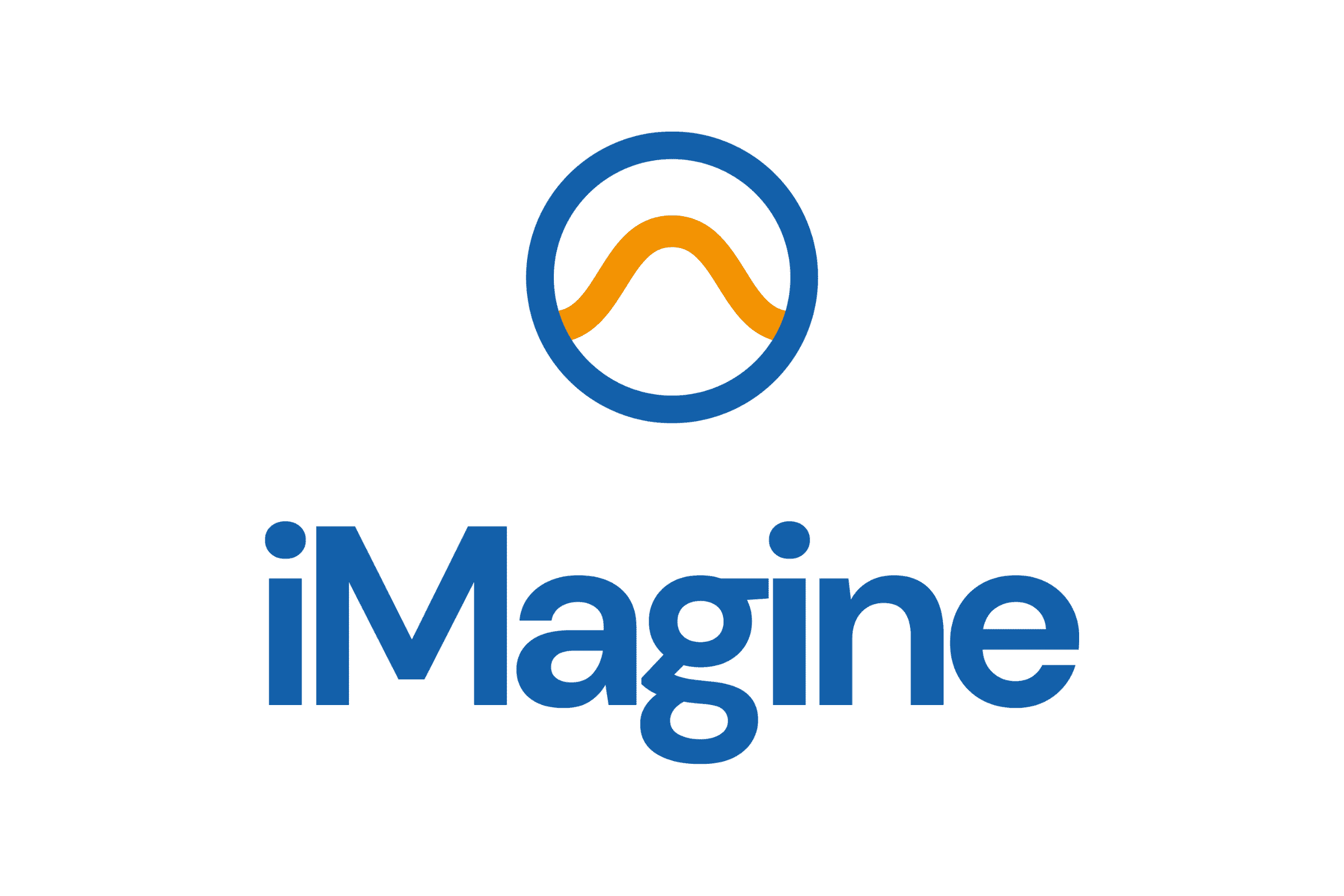
iMagine
By building on the compute platform of the European Open Science Cloud (EOSC) the project delivers a generic framework for AI model development, training, and deployment, which can be adopted by researchers for refining their AI based applications for water pollution mitigation, biodiversity and ecosystem studies, climate change analysis and beach monitoring, but also for developing and optimising other AI based applications in this field.
EGI Foundation role in the project:
EGI is the project coordinator. Moreover, EGI leads Innovation, Exploitation and Communication activities in the project.
Expected results:
- common solutions in data management, quality control, performance, integration, provenance, and FAIRness
- contribution to harmonisation across RIs
- iMagine Best Practice guidelines
- bring contributions from RIs and e-infrastructures to EOSC and AI4EU.
Relevance for EGI:
Connected Research Infrastructures and Initiatives
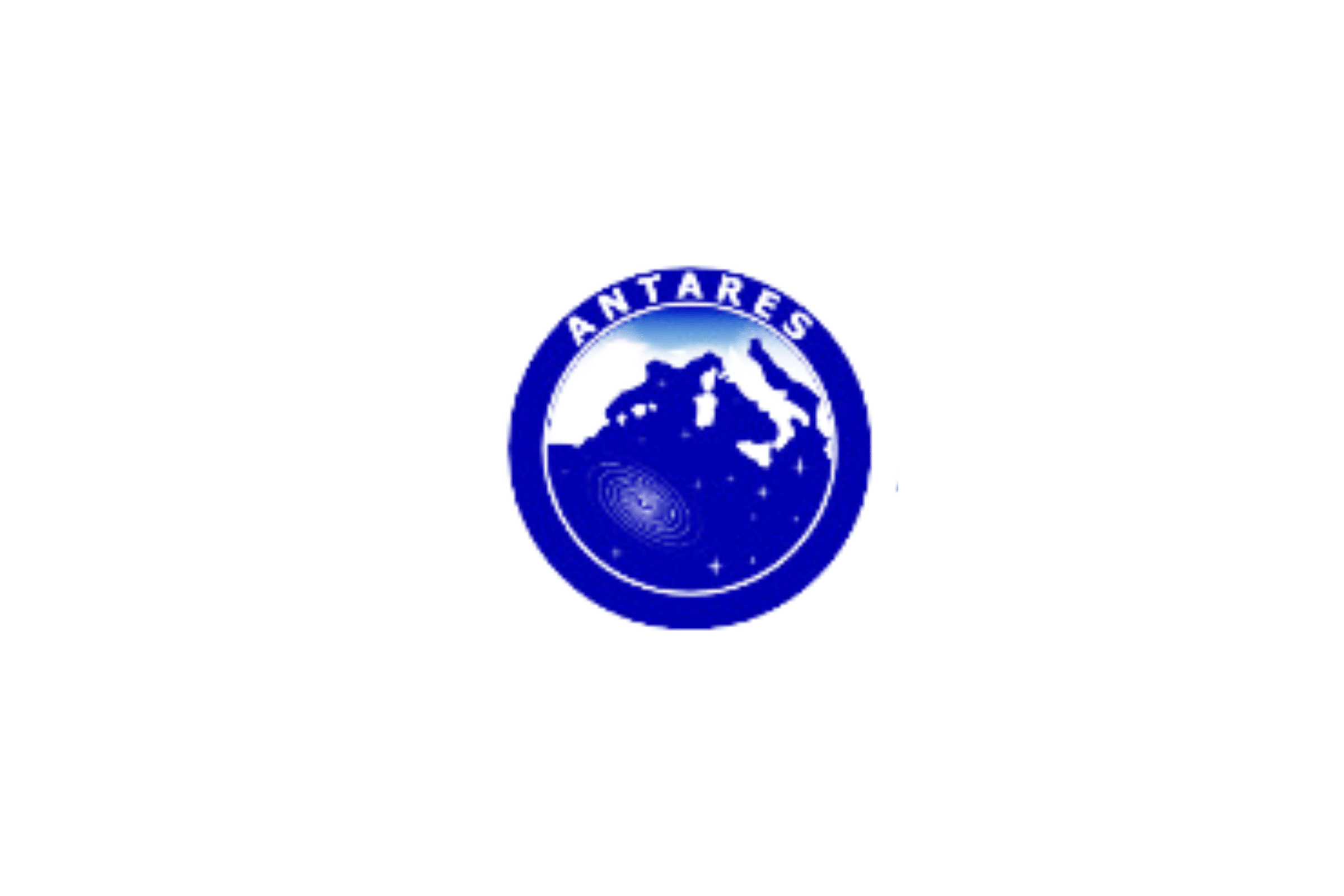
ANTARES, as its acronym implies -Astronomy with a Neutrino Telescope and Abyss environmental RESearch– is not only a Neutrino telescope but also a deep-sea cabled observatory for sea and earth sciences. This infrastructure represents an amazing potential of discovery for several disciplines in this field.
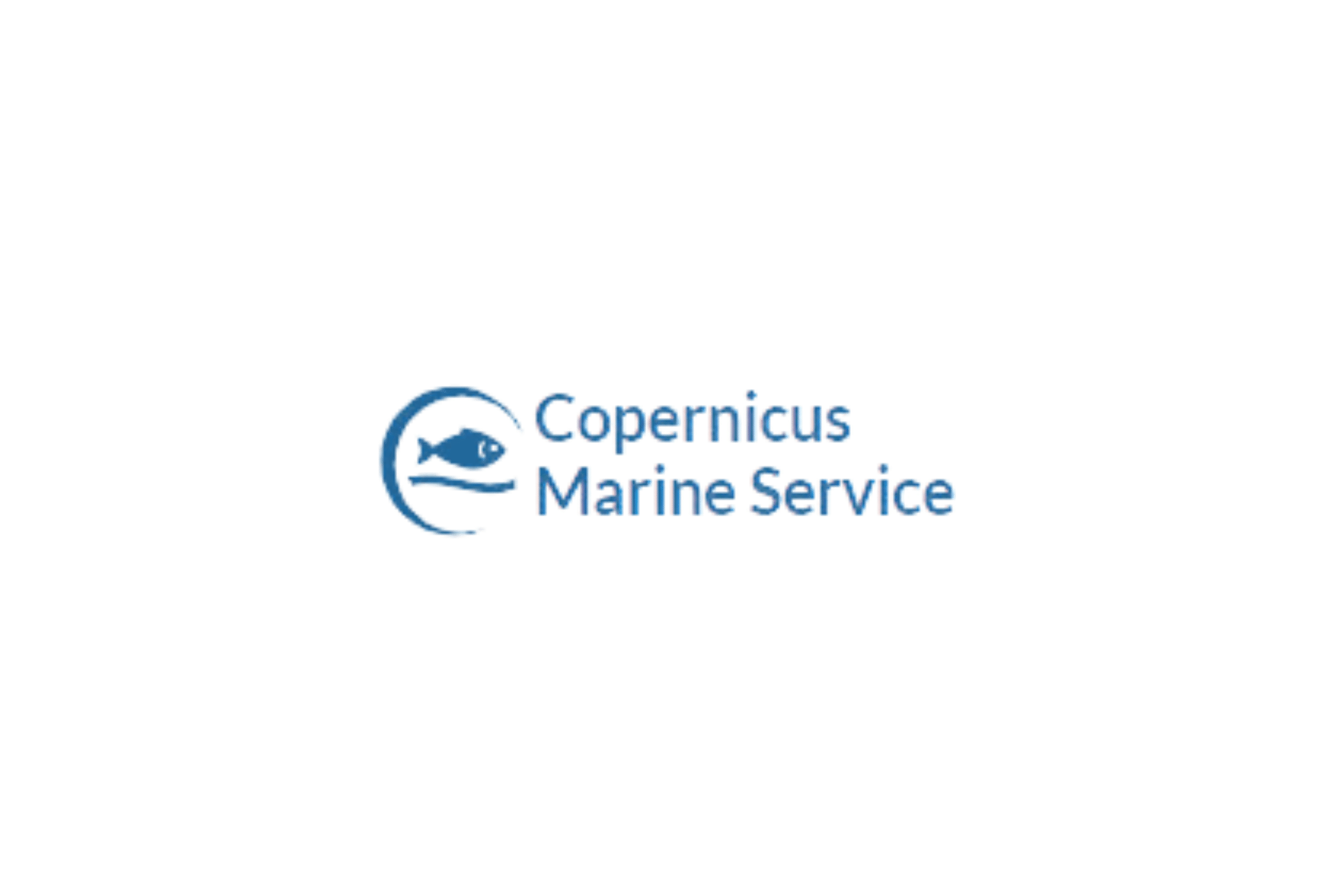
The Copernicus Marine Service, or Copernicus Marine Environment Monitoring Service, is the marine component of the Copernicus Programme of the European Union. It provides free, regular and systematic authoritative information on the state of the Blue (physical), White (sea ice) and Green (biogeochemical) ocean, on a global and regional scale.
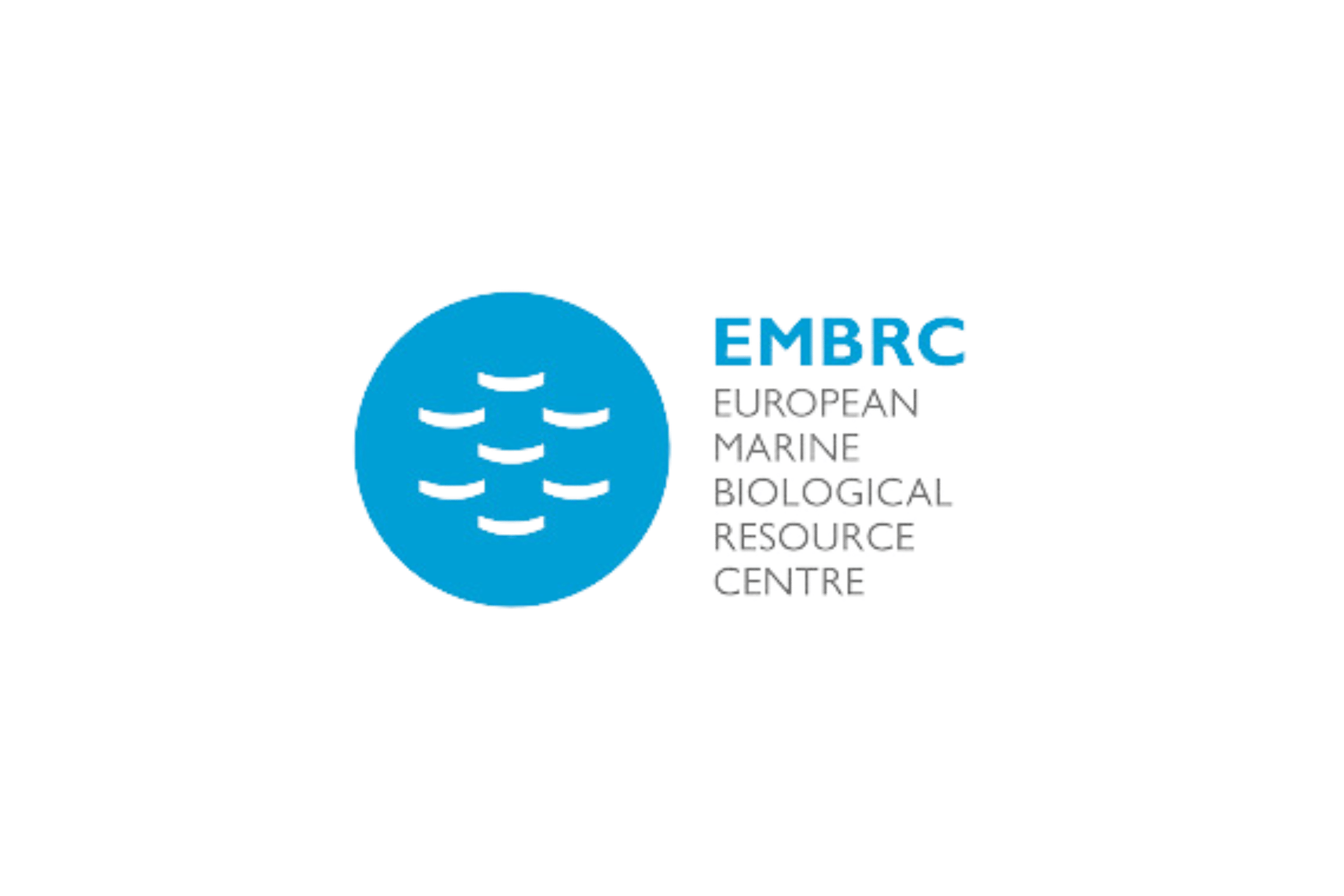
The European Marine Biological Resource Centre (EMBRC) advances fundamental and applied marine biology and ecology research and promotes the sustainable blue economy. EMBRC enables access to services, facilities, and technology platforms in more than 70 marine stations in 9 European countries in support of robust, cost-effective and efficient marine research.
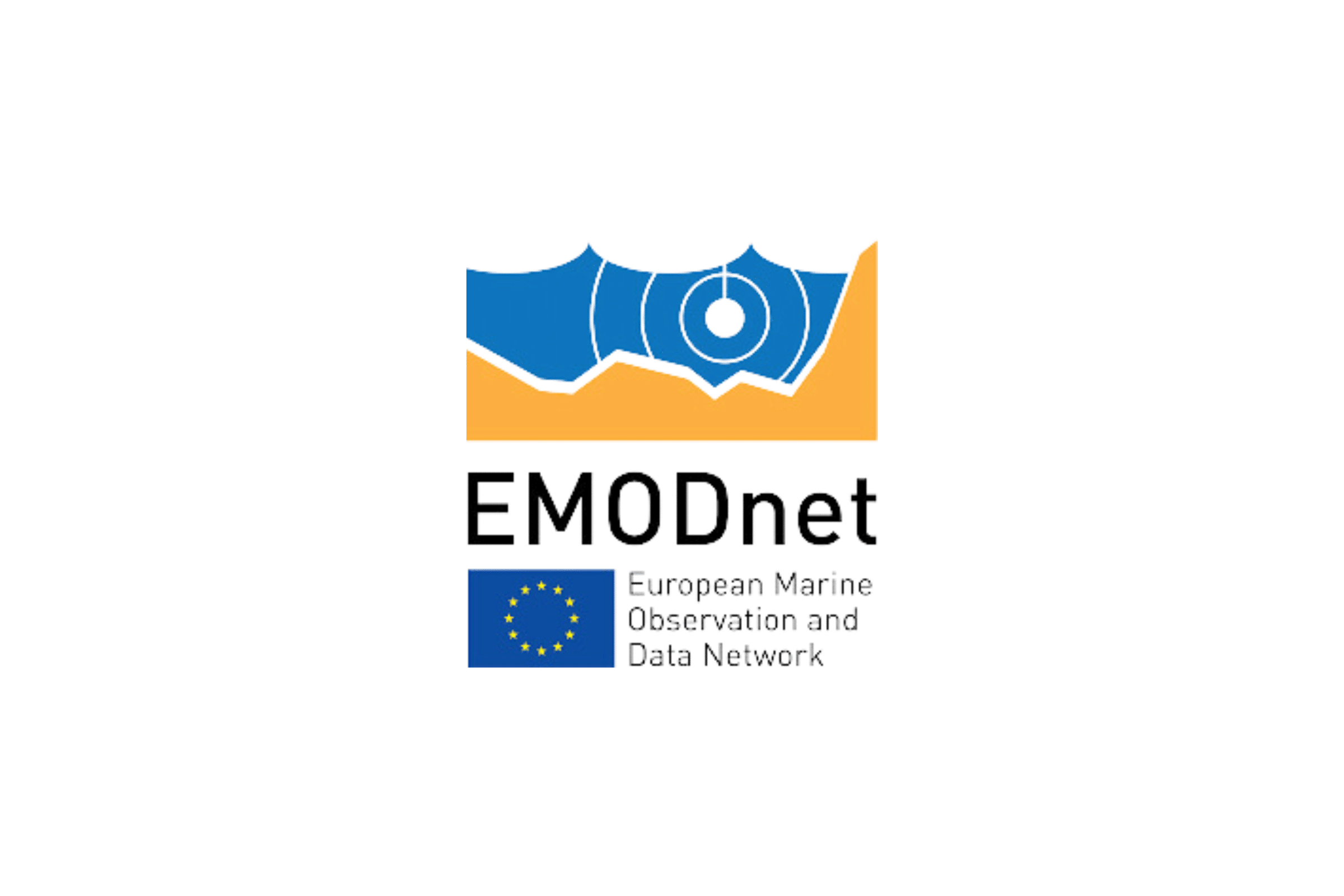
The European Marine Observation and Data Network (EMODnet) is a network of organisations supported by the EU’s integrated maritime policy. These organisations work together to observe the sea, process the data according to international standards and make that information freely available as interoperable data layers and data products.
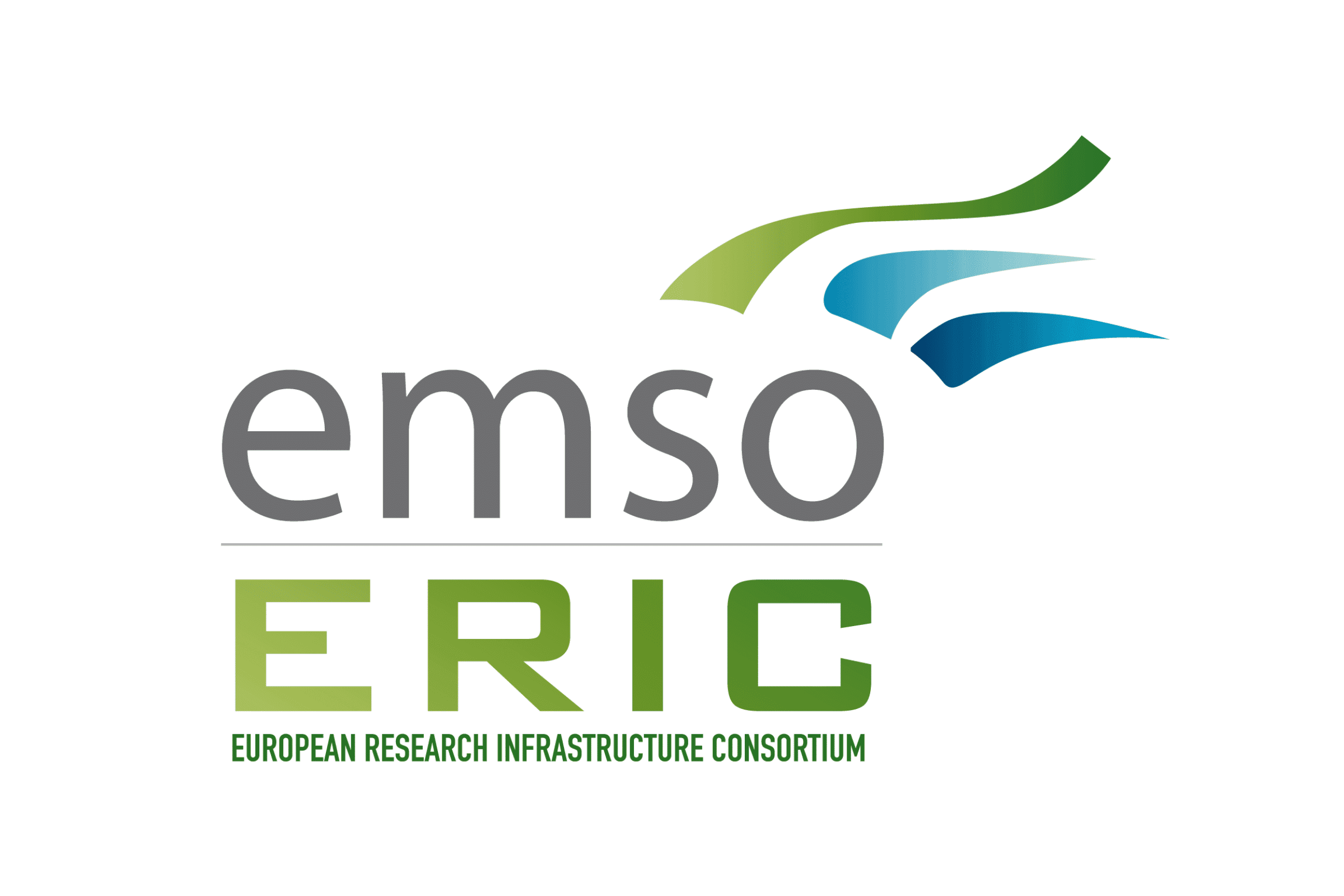
The European Multidisciplinary Seafloor and water column Observatory (EMSO) participated by 8 Member States (Italy, Spain, Portugal, France, Ireland, Norway, Greece, and Romania) is a unique marine multidisciplinary, distributed Research Infrastructure, with the goal to explore, monitor and better understand the phenomena happening within and below the oceans and their critical impact on the Earth.
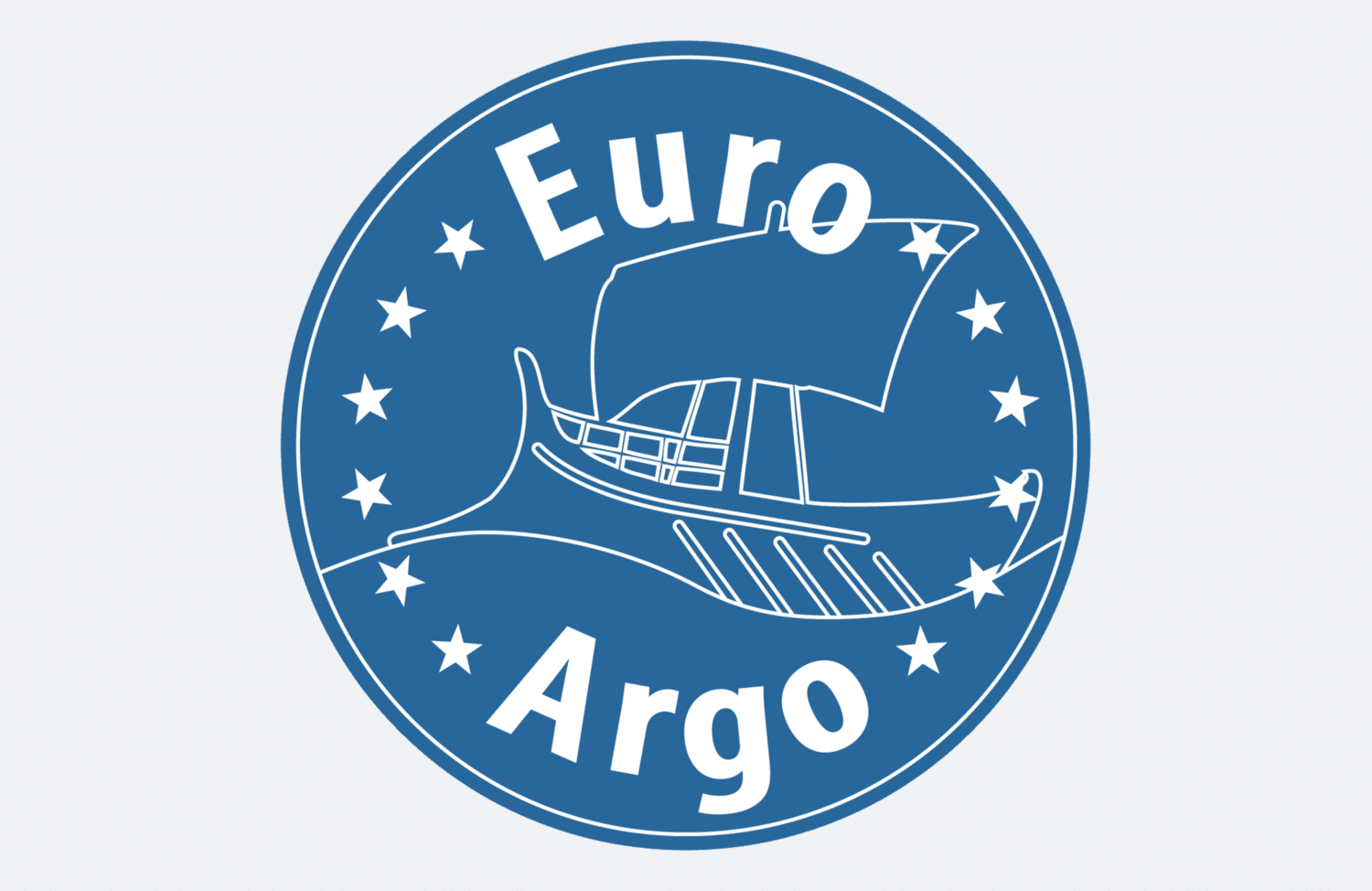
The European contribution to the International Argo Programme (EURO-ARGO) is a distributed Research Infrastructure that organizes and federates the European contribution to the Argo international programme for in situ ocean observations.

JERICO-RI is an integrated pan-European multidisciplinary and multi-platform research infrastructure dedicated to a holistic appraisal of coastal marine system changes.
It is seamlessly bridging existing continental, atmospheric and open ocean RIs, thus filling a key gap in the ESFRI landscape. JERICO-RI establishes the framework upon which coastal marine systems are observed, analysed, understood and forecasted.

LifeWatch ERIC is a European Research Infrastructure Consortium providing e-Science research facilities to scientists investigating biodiversity and ecosystem functions and services in order to support society in addressing key planetary challenges.
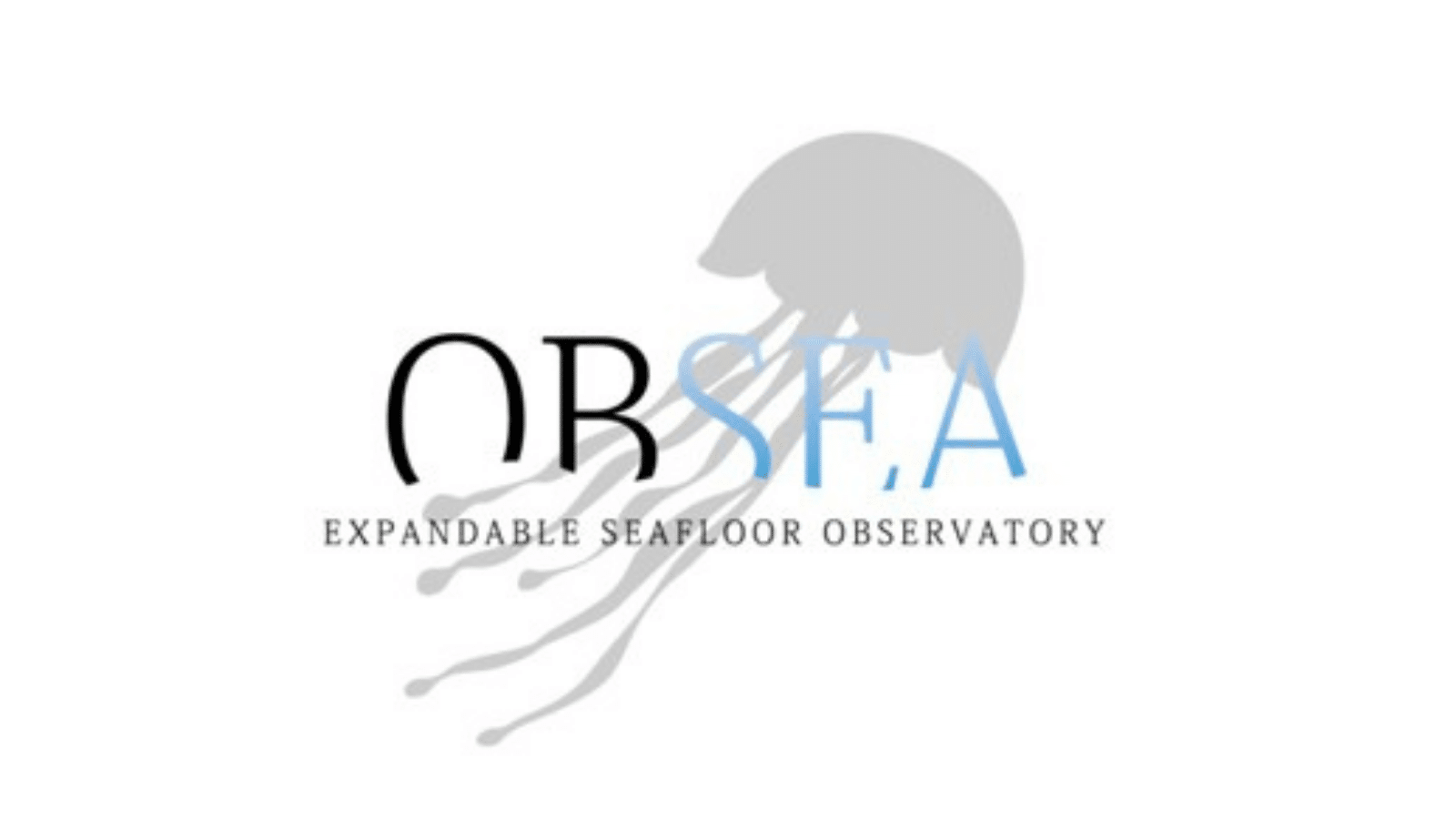
OBSEA is a cabled seafloor observatory located 4 km off the Vilanova i la Geltru coast in a fishing protected area. It is connected to the coast by an energy and communications mixed cable. It provides an uninterrupted power supply to the scientific instruments. The Observatory offers a high bandwidth communication link. Real time data is available and problems encountered in battery powered systems are avoided. An optical Ethernet network that transmits data continuously to marine sensors is connected to the observatory.
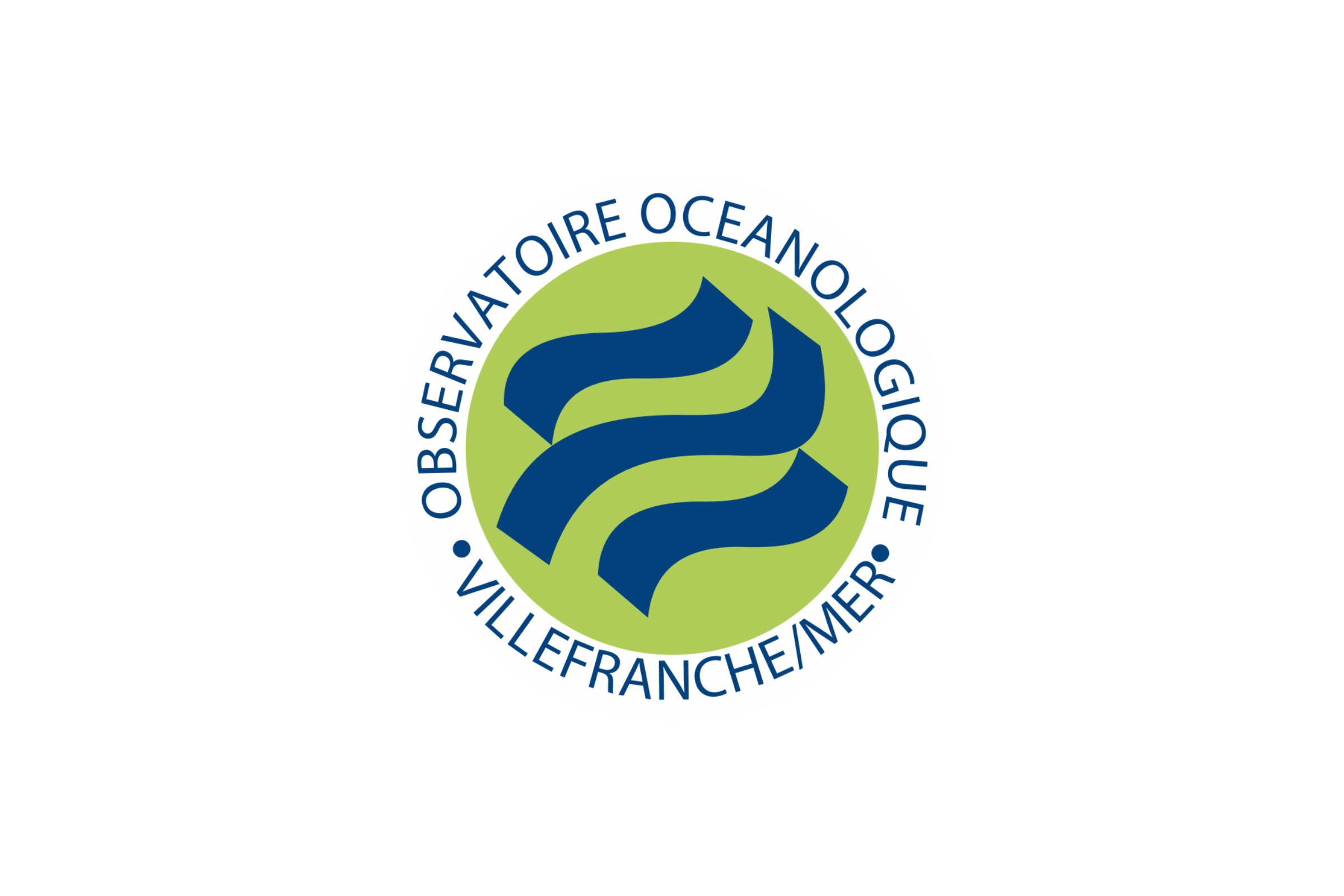
The station operates and maintains one of the three longest-running deep marine environmental monitoring stations in the world as well as an important long-term pelagic observation program.
Research topics include developmental biology, pelagic and coastal oceanography at regional and global scales, biological and biogeochemical cycles in marine environment, carbon cycling, phytoplankton production, biological diversity of zooplankton communities.

The Porcupine Abyssal Plain Sustained Observatory is a long running time series site, in the Northeast Atlantic Ocean.
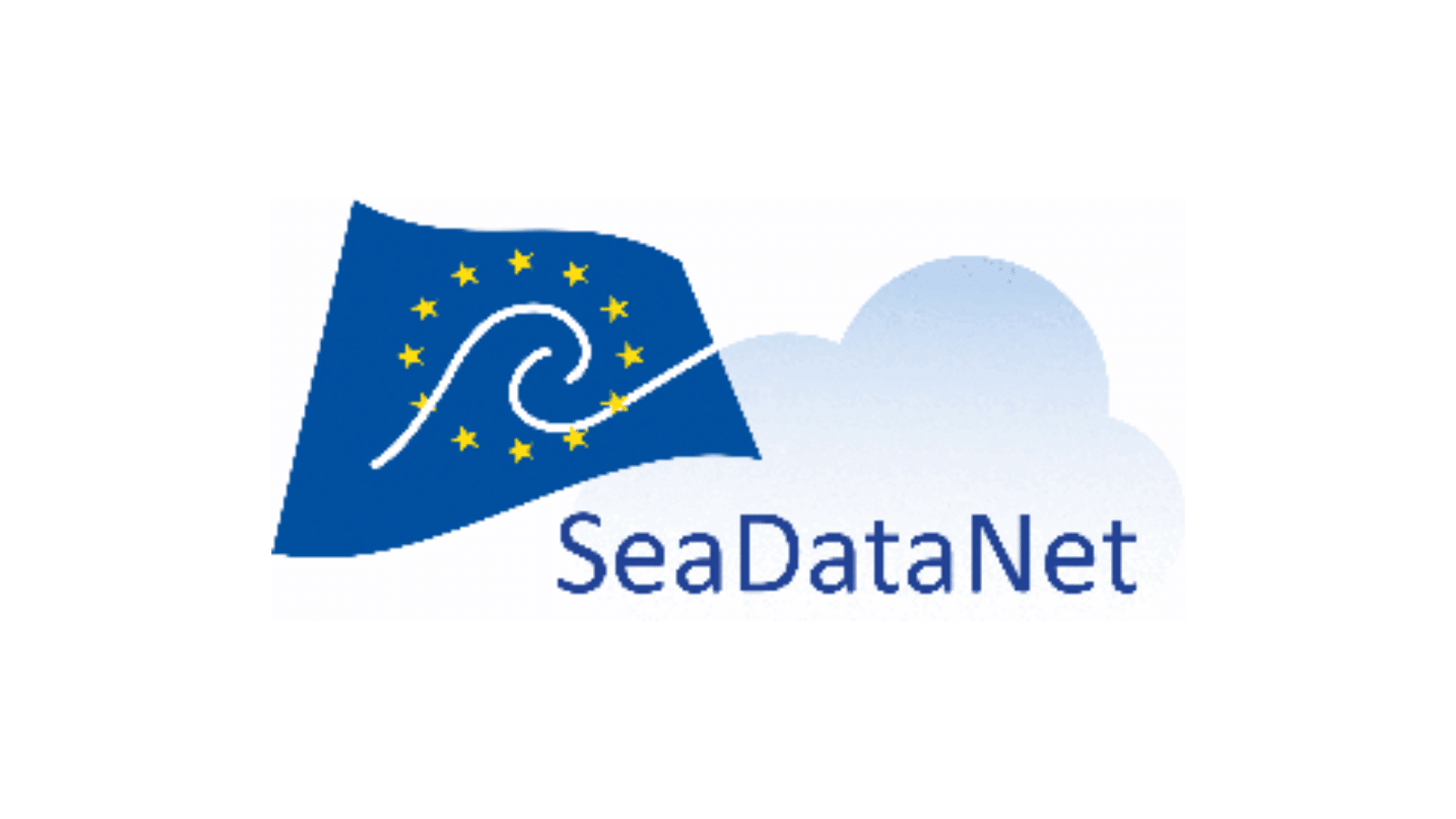
SeaDataNet has federated open digital repositories to manage, access and share data, information, products and knowledge originating from oceanographic fleets, new automatic observation systems and space sensors.
News about iMagine
Loading





